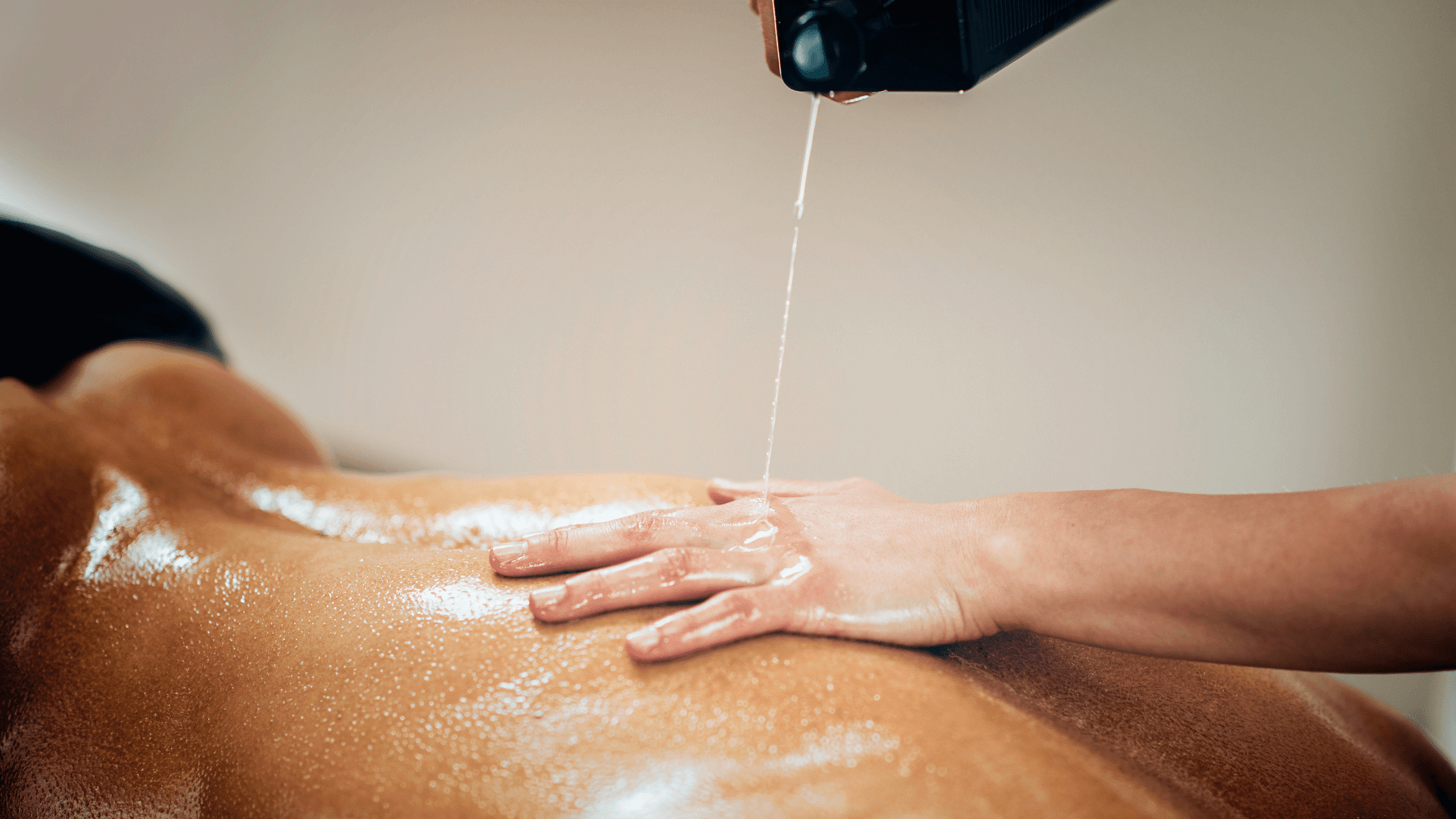Ayurveda Panchakarma Treatment, Cost, Benefits & More
Panchakarma treatment is one of the wonders of Ayurveda that helps in cleansing the body and involves removal of all unwanted waste through lubrication.

What is Panchakarma Treatment?
The Panchakarma treatment is an ayurvedic method of cleansing the body of all unwanted waste by lubricating it. The term 'Panch' means five, and 'Karma' means a procedure in this context. Hence, there are five procedures in the ayurvedic panchakarma treatment. It is based on the preventive, curative, and promotive actions for numerous diseases in the human body.
Panchakarma Treatment: The Five Karmas
For the Panchakarma treatment, the body can be divided into parts that need cleansing. These parts are the head, GIT (gastrointestinal system), and upper-lower parts of the body. The five procedures or 'Karmas' to clean the body are:
1. Vamanam (Therapeutic Emesis/Vomiting)
It is the process of induced vomiting that helps clear the upper gastro tract till the end of the stomach along with part of the respiratory tract.
2. Virechanam (Purgation)
It is the process of induced bowel movement. It clears the path from the end of the stomach until the body's exit. Ayurvedic substances called laxatives help in this procedure.
3. Anuvasana (Ayurvedic Enema using medicated oil)
Oil ayurvedic enema helps lubricate the rectal area, eradicating soluble waste through the anus.
4. Nasyam
It is the nasal instillation of medicated ayurvedic substances that help clear the body's upper respiratory tract. This treatment also provides relief from paranasal sinuses.
5. Astapana Vasti (Therapeutic Decoction Enema)
In this procedure, a decoction enema is administered that cleanses the area from the colon to the anus.
How is Panchakarma Done?
The process of Panchakarma takes place in three steps:
Step 1: Poorva Karma
Poorva Karma is the preparatory stage before the primary Panchakarma treatment. 'Poorva' means 'before.' Hence, the name. This procedure readies the body to receive Panchakarma benefits to their maximum. It consists of two main processes - Snehan (oil) and Swedan (sweating).
Snehan: This procedure of the Panchkarma treatment is done in either of the two ways:
- Bahya: 'Bahya' means external. It involves massaging herbal or medicated oil onto the body and waiting till the bloodstream absorbs it.
- Abhyantar: ‘Abhyantar’ means internal. This procedure consists of ingesting ghee or medicated edible oil.
Also read: Yoga for digestion
Swedan: 'Swedan' means sweating. Hence, in this process, a specific part of the body is heated to promote sweating. The heat melts toxins in the body, removing them through sweat.
Step 2: Pradhan Karma
Pradhan Karma is the main procedure. 'Pradhan' here means 'main' or 'important.' Herein, the practitioner decides which of the five methods are to be performed- Vamanam, Virechanam, Anuvasana, Nasyam, or Astapana Vasti. The choice depends upon the proximity of the waste to the body's exit.
Step 3: Paschat Karma
Paschat Karma is a post-therapy regimen. 'Paschat' means 'after.' It is a set of dietary rules and regulations to restore the body's digestive functions to a balanced state.
What Are The Benefits of Panchakarma?
The numerous benefits of the Ayurvedic Panchakarma treatment are:
- It eliminates toxins and waste from the body. These toxins cause harm to the body when accumulated.
- Studies show that Panchakarma treatment helps implement a healthy diet and lifestyle. Once you are aware of all toxins that usually collect in your body, you can be careful in the future.
- The Ayurveda Panchakarma helps balance all the three doshas: Vata, Pitta, and Kapha (nervous system, the metabolic system, and the nutritional system, respectively).
- It reduces stress and improves mood. According to Ayurveda, mental health is also affected when you are not at ease physically. Hence this treatment plays a significant role in mental and emotional health. If you feel uncontrollably stressed, you can also try using Chamomile for anxiety.
- Panchakarma treatment provides deep nourishment to the tissues, slowing down the aging process.
- When digestion and nutrient absorption processes are set right, it boosts immunity levels. Panchakarma is not the only way you can boost immunity. Yoga asanas for immunity also help considerably.
Does Panchakarma Have Side Effects?
Now that you know about Panchakarma and its benefits, you must be wondering if there are any side effects of the treatment. There are no severe side effects of the Panchakarma treatment. However, mild side effects such as an upset stomach or insomnia can be observed. Gut health is extremely important, and the Panchakarma treatment is a great way to keep it in check.
Also read: 5 signs of an unhealthy gut
Panchakarma Treatment Cost
On average, a month-long Panchakarma treatment costs between INR 20,000 to 30,000. The treatment is conducted over multiple sessions, and each one costs between INR 1200 to 1500.
Can I do Panchakarma Treatment at Home?
Panchakarma treatment at home is not generally advised. It is a complex process that needs an ample amount of Ayurvedic knowledge. An experienced practitioner is your best bet. They have extensive knowledge of Vata, Pitta, and Kapha and can carry out the treatment accordingly. They are equipped to decide a specific procedure based on the nature of toxins in your body.
References
https://www.ncbi.nlm.nih.gov/pmc/articles/mid/NIHMS116241/
https://www.researchgate.net/publication/224897767_The_tridosha_theory
https://www.ayurveda.com/resources/cleansing/introduction-to-panchakarma

